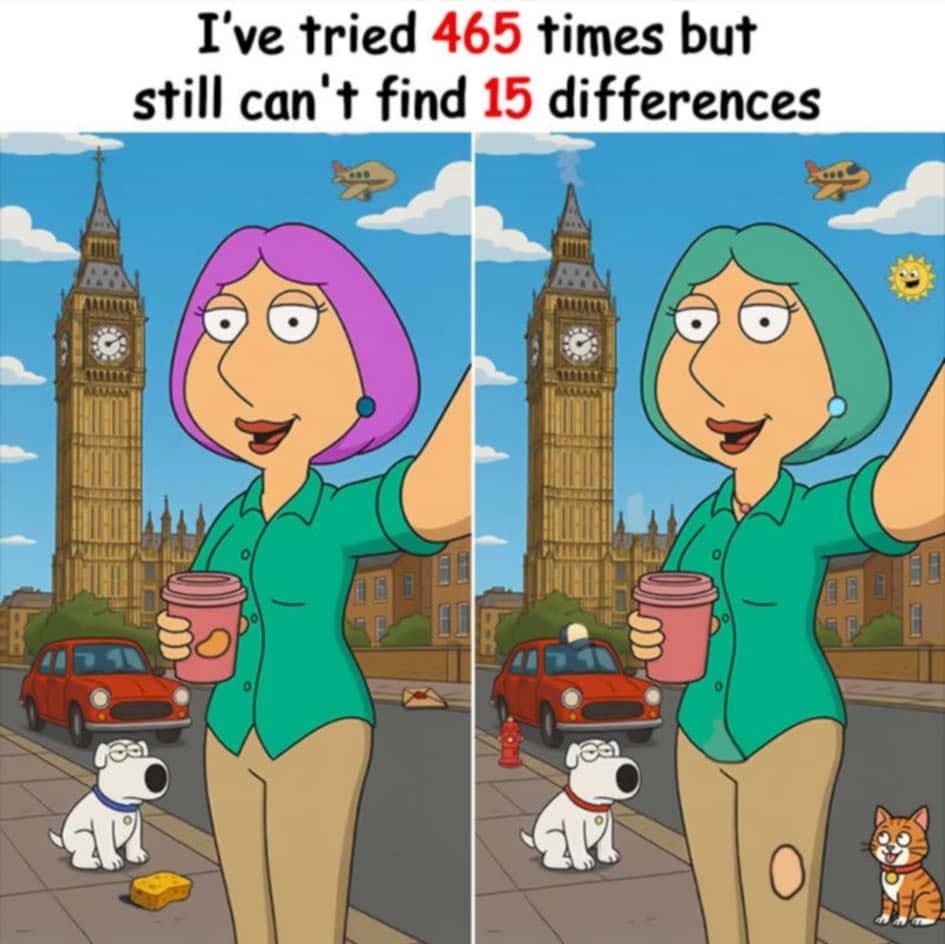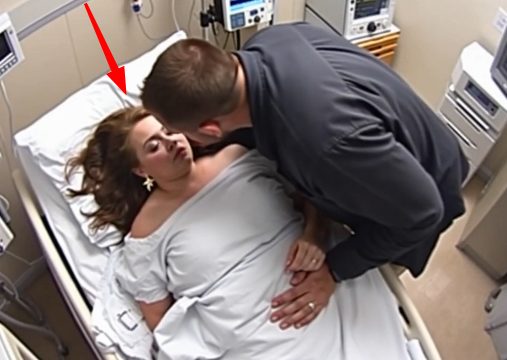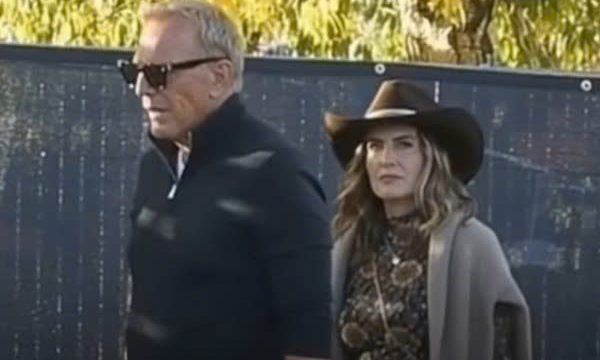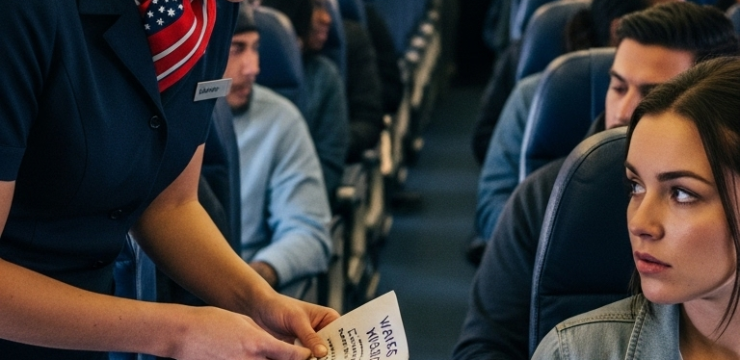Ready to see if your vision is truly razor-sharp? Slow down, take a deep breath, and examine the two seemingly identical cartoon snapshots of a smiling traveler snapping a selfie beside Big Ben, latte balanced in her free hand. At first glance, the pictures look like perfect twins, but a mischievous illustrator has hidden fifteen subtle discrepancies that have driven puzzle lovers wild—one frustrated player even joked they tried 465 times without cracking them all.

If you’re the type who lives for a visual challenge, this is your moment to shine. First rule: resist the urge to rush. Give both images a deliberate scan before you start calling out differences. Ask yourself what feels out of place—has a cloud vanished, did a color shift, or did an object shrink? Trace along with your fingertip or jot quick notes the instant something pops out, because your brain loves to gloss over details it assumes belong. Know the pitfalls. Most players lock on the main figure, scrutinizing her expression, jacket, hair, and coffee cup while ignoring the background, where sneaky edits often hide.
We also expect every change to shout, but in this game they whisper: a flipped airplane, an extra stripe on a cup, a missing window. Add in the mind’s habit of autofilling familiar patterns and it’s no wonder people speed right past big clues. A systematic approach beats luck every time. Start in the top-left corner, sweep across the sky, drift down row by row, and you’ll spot each tweak. First, a small cloud floats in one picture yet disappears in the other. Nearby, an airplane slices across the scene but faces opposite directions between frames. Even Big Ben’s ornate clock face isn’t identical; the decorative pattern has shifted. Move to the selfie star and the changes get bolder. Her hair morphs from vibrant purple to bright green, and her left earring suddenly vanishes.
The to-go cup she’s holding gains an extra colored band, and her shirt flips between two and three visible buttons. Glide to the cityscape behind her and you’ll notice a blank gap where a window should be. On the street below, a red car mysteriously loses its side mirror, and an orange traffic cone that once stood beside a friendly dog is gone. That dog swaps from wearing a collar to going bare-necked, though a chew bone magically appears in compensation. Near the woman’s feet, a stray wrapper disappears, a patch blooms on her jeans, and an orange kitten pops into existence, brushing against her leg.
Count them all and you’ve nailed the full fifteen. Finding every last difference isn’t just bragging rights—it’s real brain exercise. Spot-the-difference games boost visual memory, sharpen concentration, and train you to notice anomalies that would normally slip by, like a typo in a report or a misplaced set of keys. If today’s puzzle left you stumped, don’t stress; skill builds with practice. Next time, start at the edges instead of the center, or scan diagonally to force your eyes into fresh patterns. Zoom in when playing on a phone so tiny fixes can’t hide behind screen glare. Most important, keep solving new challenges; the more puzzles you tackle, the faster your mind wires itself to catch subtle shifts. So, how many did you nail before checking the list—ten, twelve, maybe all fifteen in a single heroic sweep?

Drop your score in the comments, tag a friend with eagle eyes, and watch a friendly rivalry ignite. Sharing these challenges isn’t only fun; it spreads the cognitive workout to everyone in your circle. If you’re hungry for more, the internet is overflowing with fresh spot-the-difference grids waiting to stretch your perception. Pull up another image, apply your new strategy, and watch your accuracy climb until even the slyest illustrator can’t sneak an alteration past you. Happy puzzli





